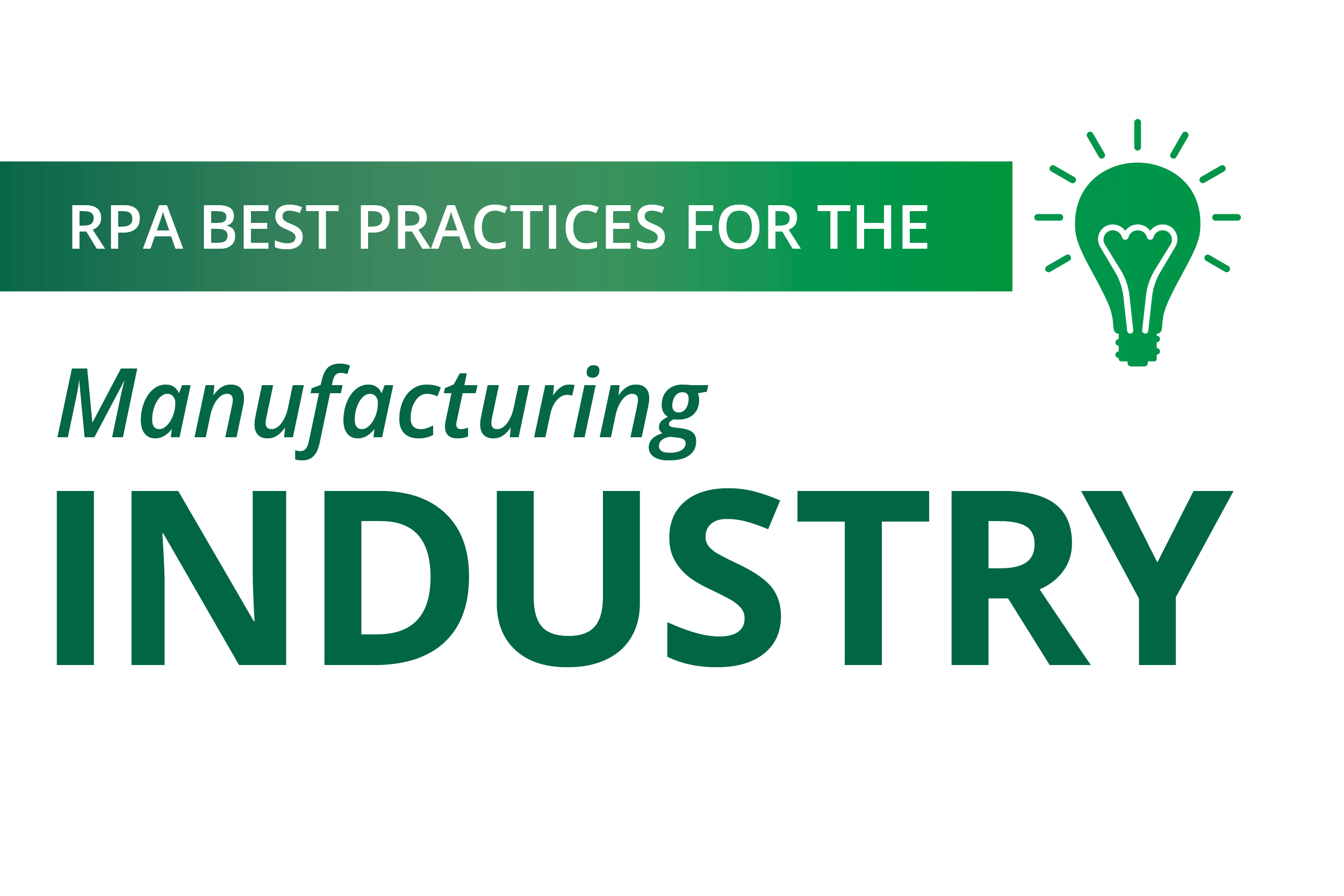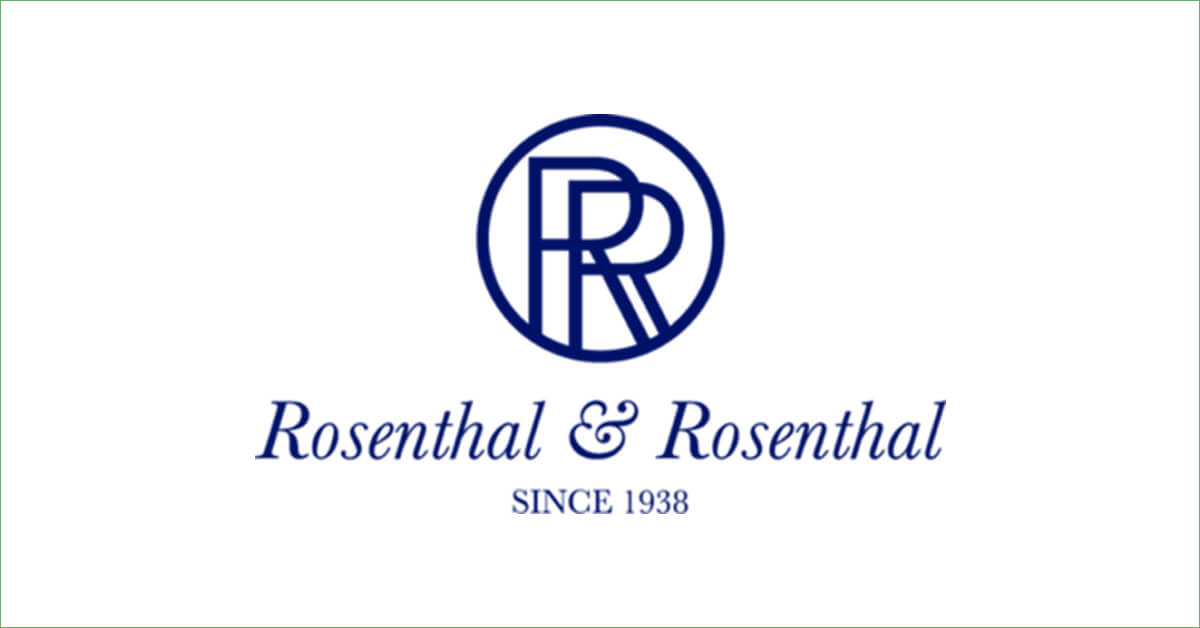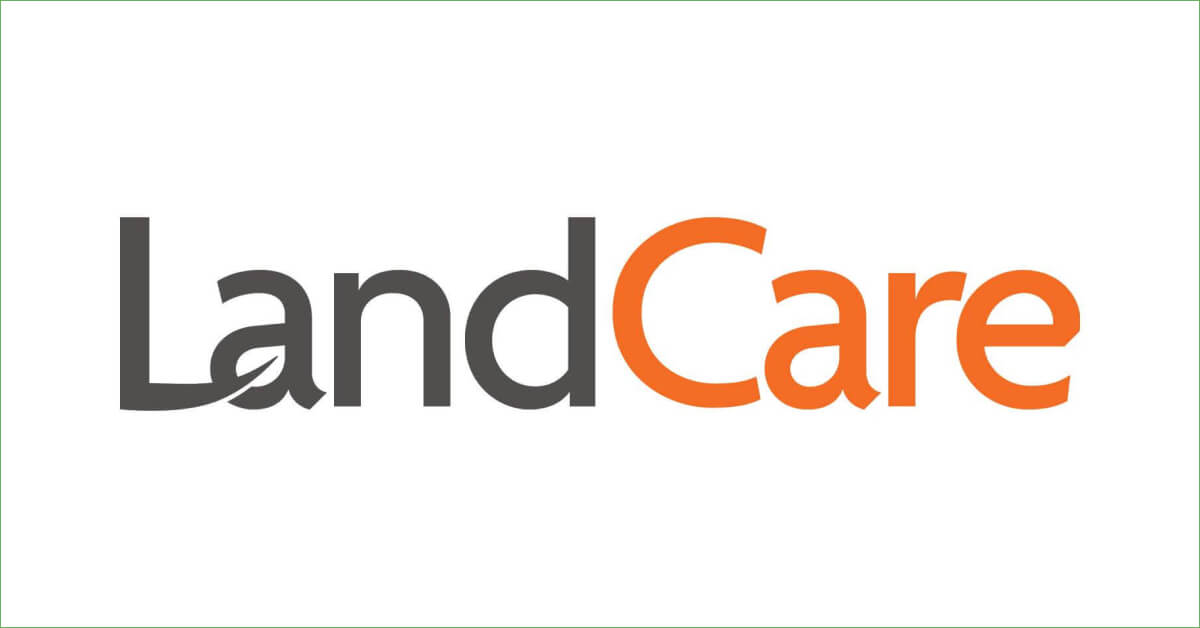If you’re in manufacturing, you likely know the many business benefits robotic process automation (RPA) brings. Through automating various manufacturing tasks, you can save money while also improving efficiency.
But whether you’re just getting started with RPA or you’re scaling the technology you already have, it’s important to make sure you’re taking the right approach. We’ve put together some best practices to give you the advantage as you shift your processes.
Identify Needs
Some processes are more ideal for automation than others. Often repetitive, time-consuming tasks benefit most. On the assembly line, this could be a coating that’s applied to thousands of items each day. In your back office, it could be issuing invoices and tracking payment. These tasks can be done better using technology, and employees typically prefer to turn those over to RPA so that they can focus on job duties that challenge them.
Invest Heavily in Planning
Once you’ve decided to automate some of your manufacturing back office processes, it can be easy to jump right in. But successful RPA starts with mapping everything out in advance. You should fully understand how tasks currently are done, start to finish and be able to provide those details to the project manager overseeing the automation. Often this means bringing in key personnel from the teams who do the work each day and even getting feedback from them during each stage of development.
Consider identifying some of the customers who are affected by the work you’re automating to see if they’re available to help test out any solutions before they’re officially rolled out.
Consider Disaster Recovery
Automation has another benefit: it can ensure you don’t have to be on site each day to get the work done. As you’re planning your RPA transition, think about what happens if your building is uninhabitable for a few days. Can you set things up to allow your employees to manage things remotely? The more often you can answer, “Yes” to this question, the better prepared your business will be for an emergency.
Implement Gradually
Rome wasn’t built in a day and neither is a good RPA solution. It’s important to recognize that your shift to automation will be gradual. You should set aside plenty of time to test the new solution, making sure the team members who currently do the work can provide feedback on how well the new solution does the job. You should also plan to continue to do the work as you currently do while you gradually phase in your new RPA solution.
Automating manual tasks takes time, but with careful planning, you can ensure the transition is a successful one. It’s important to take time to identify the team members who currently do the work, as well as the steps involved in carrying that work out, so that your new solution is prepared to tackle the job.
Centreviews has worked with manufacturers of all types to automate processes. We can work with your business to plan and implement an RPA solution that fits your own business’s needs. Get in touch with us today to schedule a demo or discuss how we can help you.


















